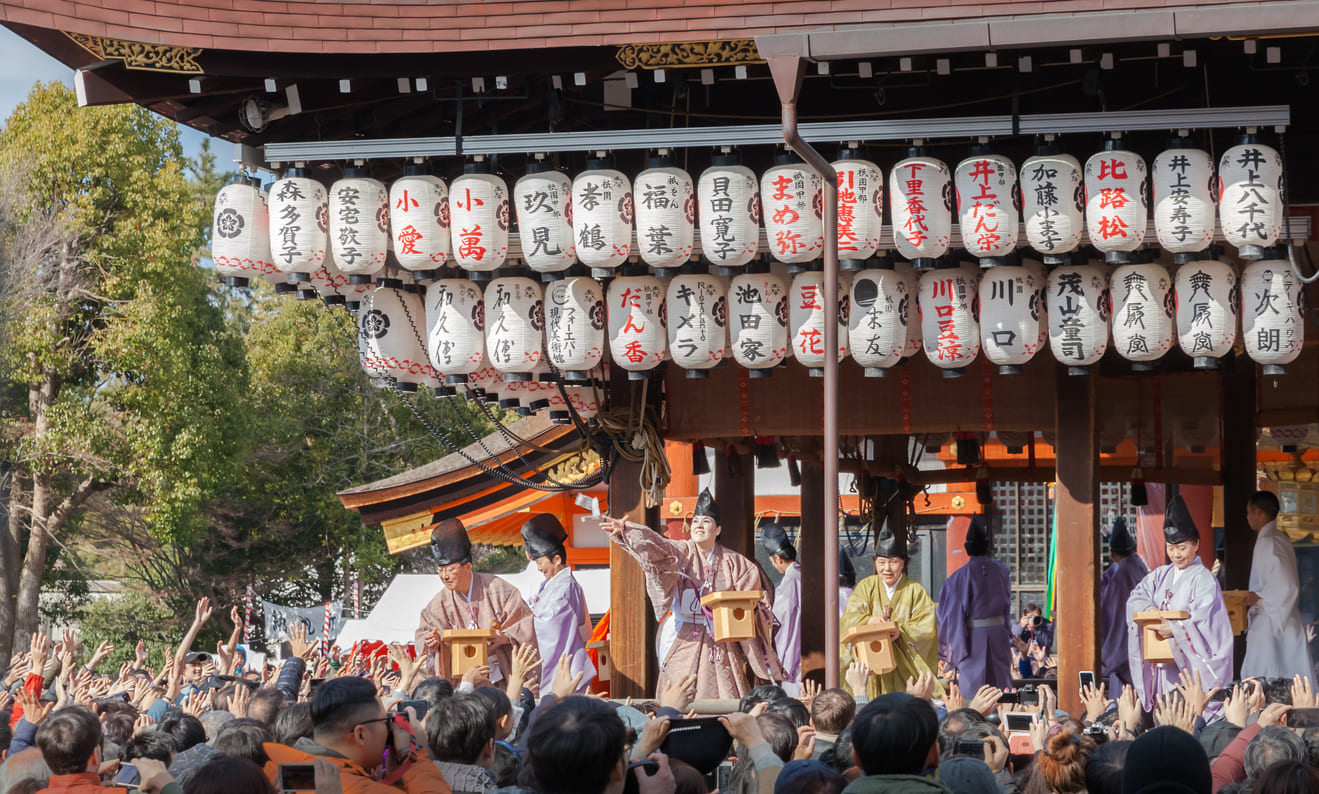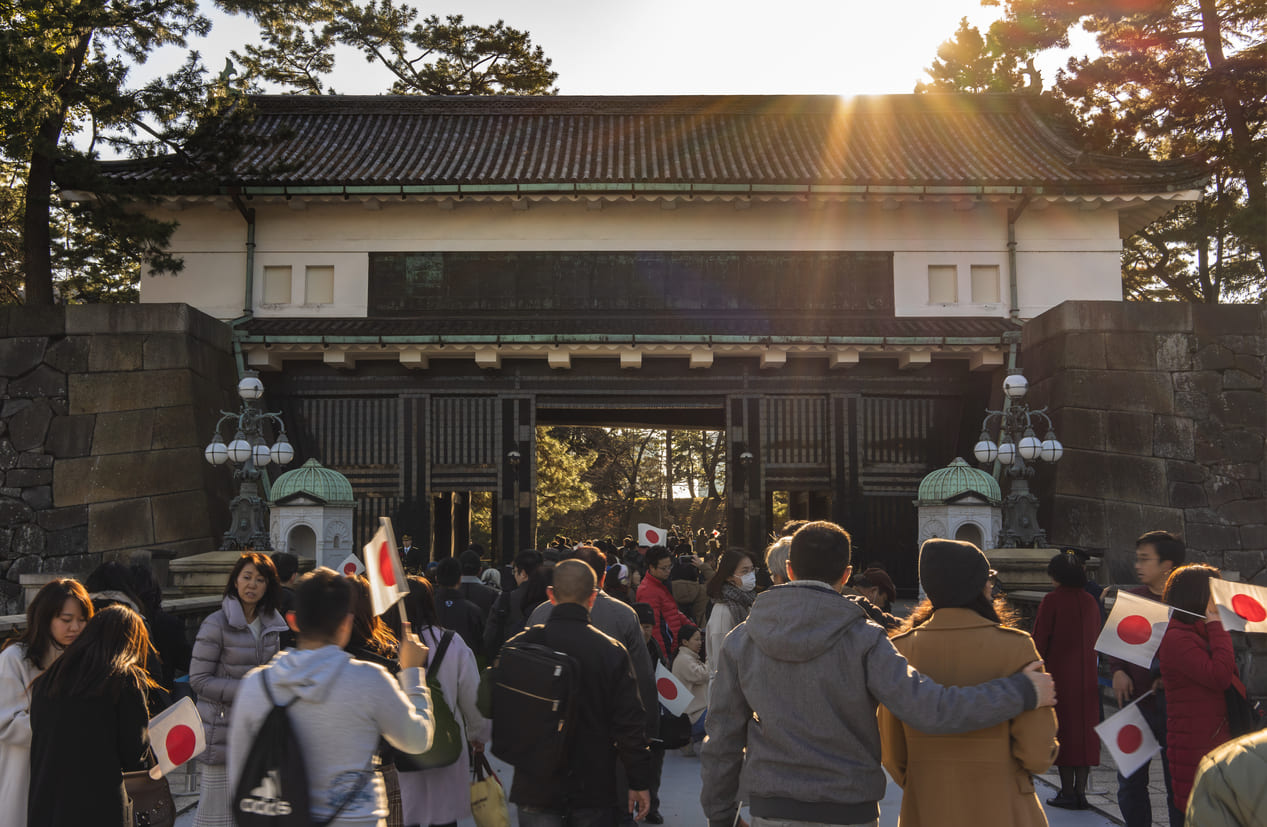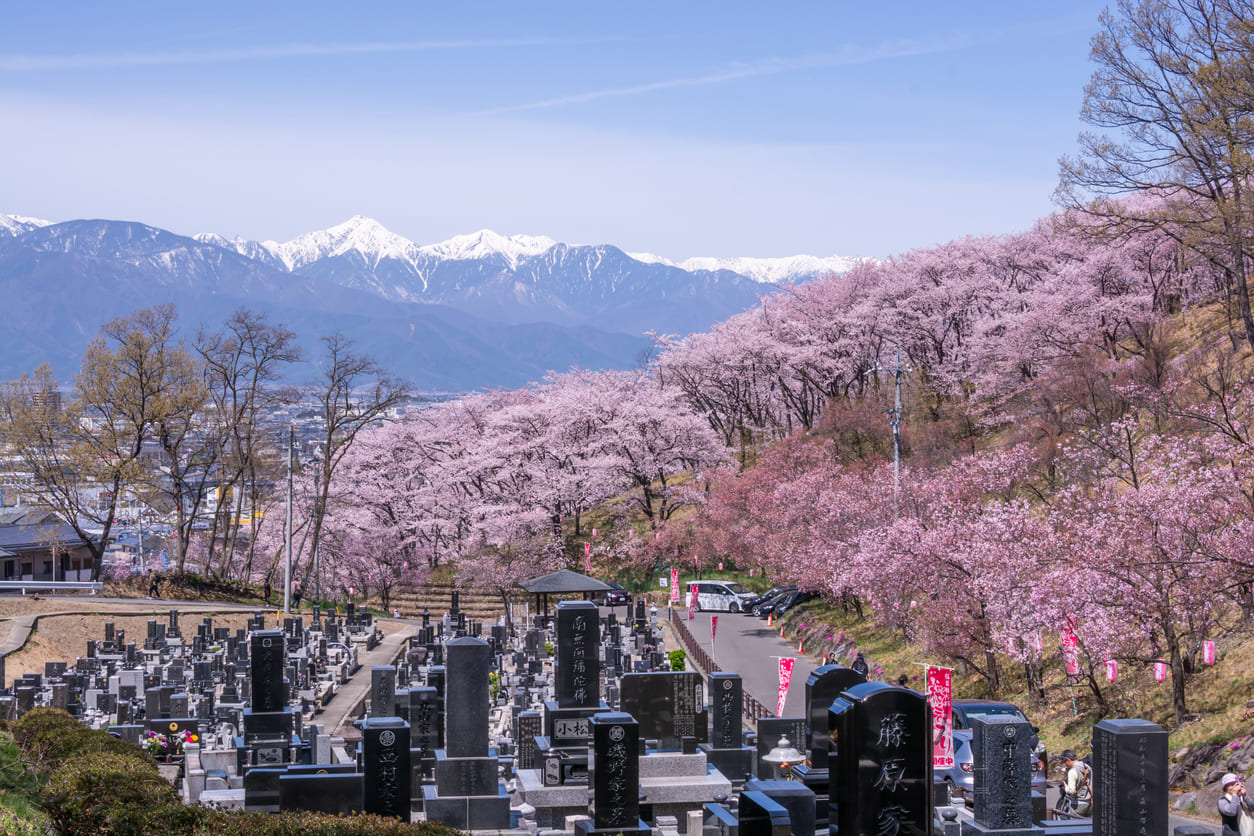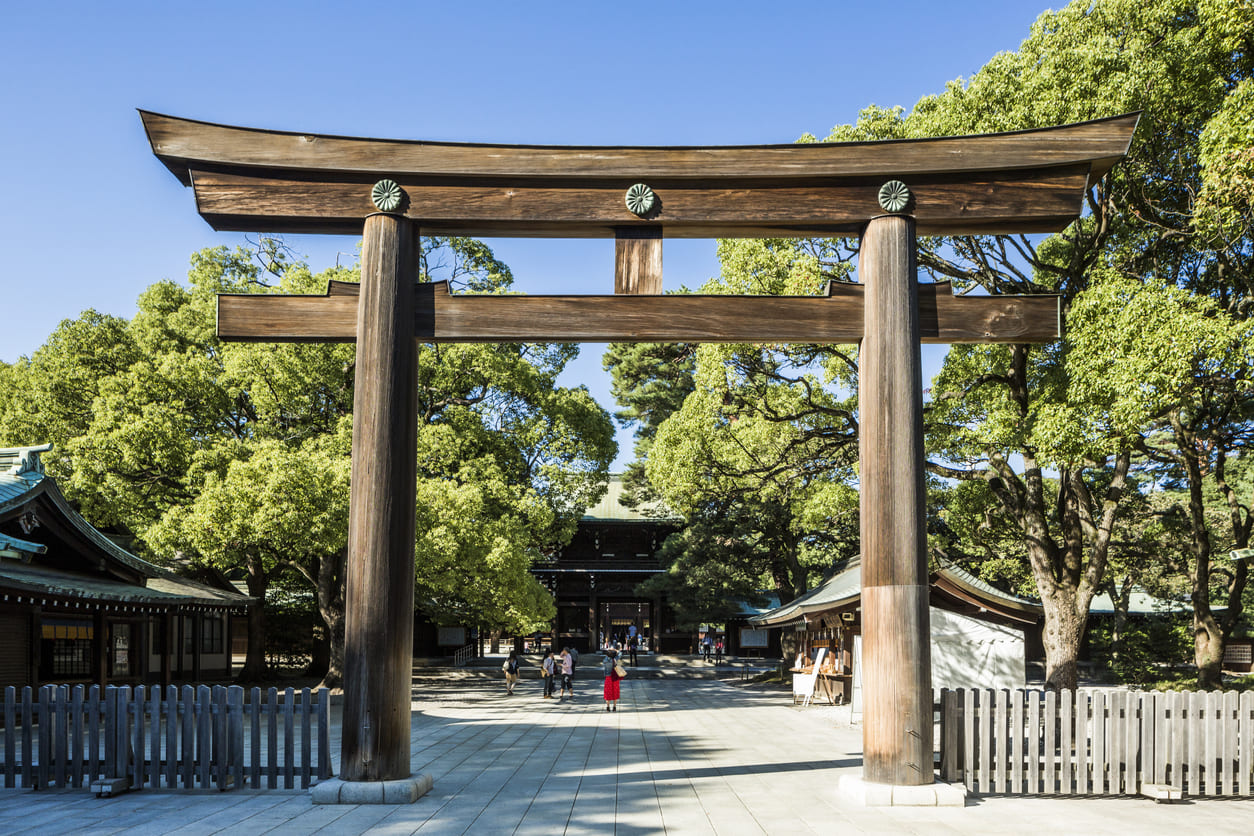Dates of Setsubun in Japan
| 2026 | Feb 3 |
| 2025 | Feb 2 |
| 2024 | Feb 3 |
Japan Holiday Calendars
Setsubun is a traditional event observed on February 3rd, or occasionally February 2nd, marking the transition to spring in the old Japanese calendar. During the ritual, people throw roasted soybeans while chanting to ward off evil spirits and invite good luck into their homes.
Setsubun: A Public Holiday?
Setsubun is not a public holiday in Japan, but it is widely celebrated as a cultural tradition with rituals and events held at homes, temples, and shrines.

Setsubun
Setsubun has its roots in ancient Japanese seasonal customs and was originally linked to the traditional lunar calendar. The word "setsubun" means "seasonal division," and it marked the day before each of the four seasonal changes. Over time, the spring Setsubun—around February 3rd—became the most significant, as it symbolized renewal and the coming of new life with the arrival of spring. The custom of throwing roasted soybeans, known as mamemaki, was introduced during the Heian period to drive away evil spirits and protect homes from misfortune.
The ritual of mamemaki was inspired by older Chinese traditions that believed misfortune and illness came from demonic spirits. People believed that scattering beans, a symbol of purity and fertility, could cleanse away evil influences. Over centuries, Setsubun evolved from a court practice to a popular event observed in households and temples across Japan. While not a public holiday, Setsubun remains a meaningful tradition that blends ancient beliefs with seasonal change.
Observance of Setsubun in Japan
On Setsubun, people across Japan perform the mamemaki ritual to cleanse their homes and welcome good fortune. A family member, often a parent or the oldest male, throws roasted soybeans either out the front door or at someone dressed as an oni (a demon figure), while shouting "Oni wa soto! Fuku wa uchi!" meaning "Out with demons! In with good fortune!" Afterward, each family member traditionally eats the same number of beans as their age to ensure a healthy and lucky year ahead.
Temples and shrines also host large Setsubun events, where priests and celebrities throw beans to large crowds. These public rituals attract many visitors, and some include performances, blessings, and prayer ceremonies. Major temples like Senso-ji in Tokyo and Yasaka Shrine in Kyoto hold especially popular celebrations. People also display sardine heads and holly leaves at their doorways to ward off bad spirits, following older customs.
Though modern life has changed how Setsubun is celebrated, it continues to hold strong cultural meaning. It reflects Japan's deep respect for seasonal change and traditional beliefs about harmony, luck, and protection. For many, it is a joyful and meaningful way to refresh the home and spirit at the start of spring. Even in cities, where customs may be more symbolic than spiritual, Setsubun remains a cherished part of Japanese seasonal life.
Setsubun Observances
| Year | Date | Weekday | Name | Holiday Type |
|---|---|---|---|---|
| 2024 | Feb 3 | Sat | Setsubun | Observance |
| 2025 | Feb 2 | Sun | Setsubun | Observance |
| 2026 | Feb 3 | Tue | Setsubun | Observance |
| 2027 | Feb 3 | Wed | Setsubun | Observance |
| 2028 | Feb 3 | Thu | Setsubun | Observance |



